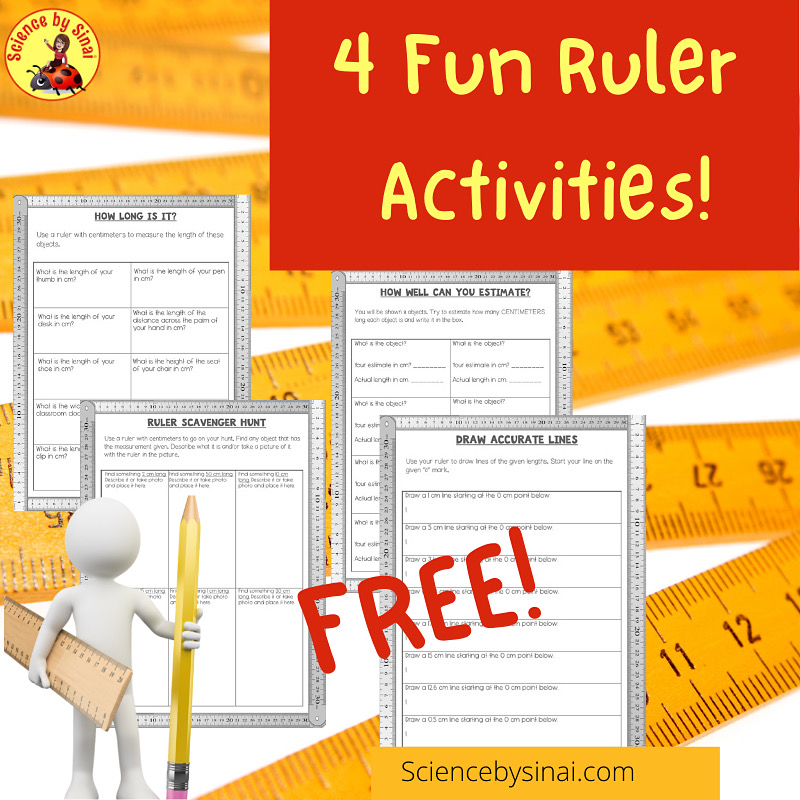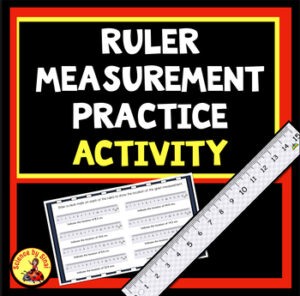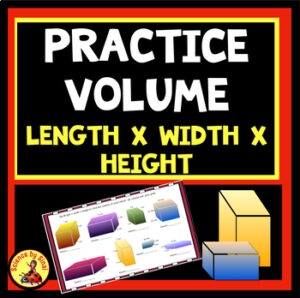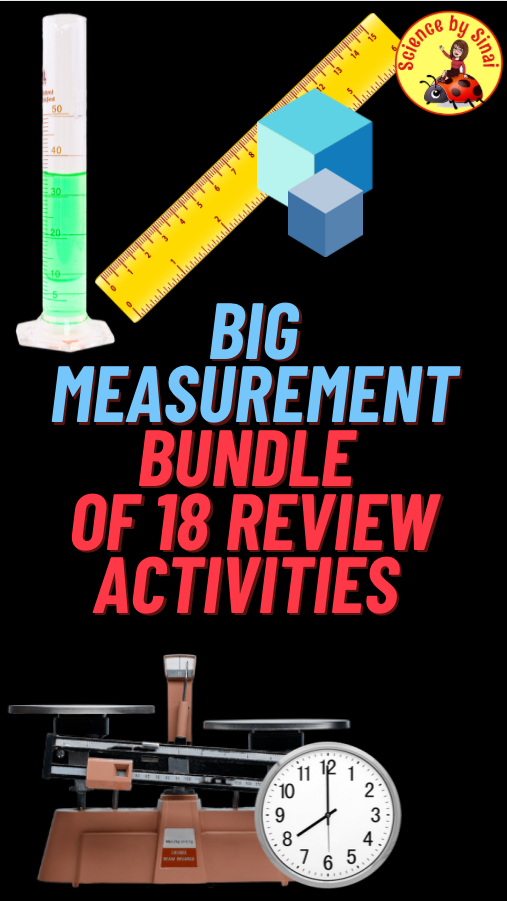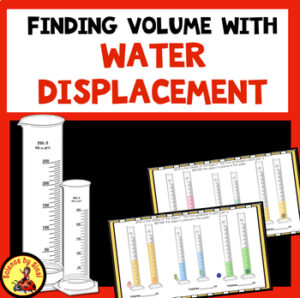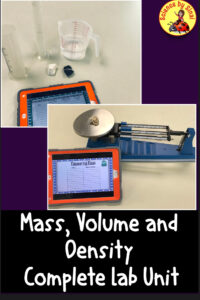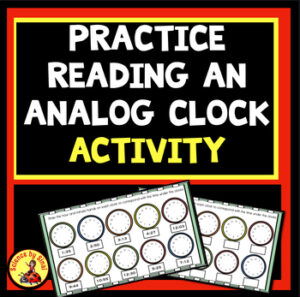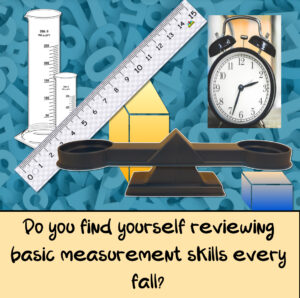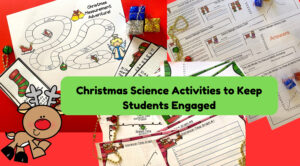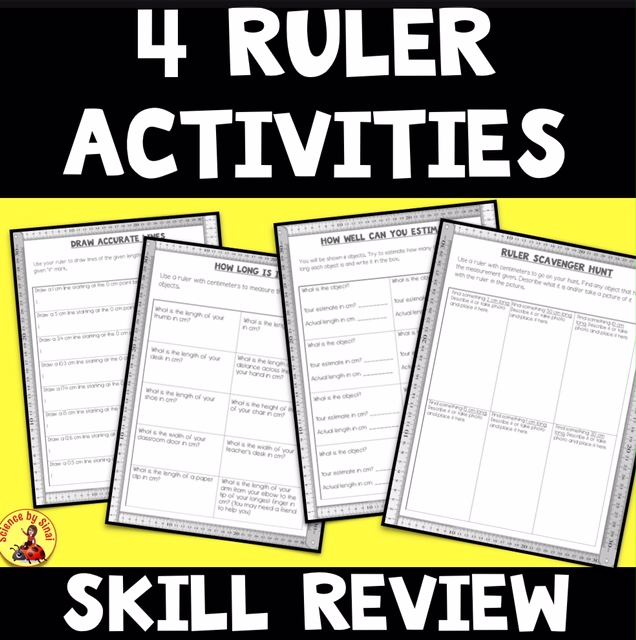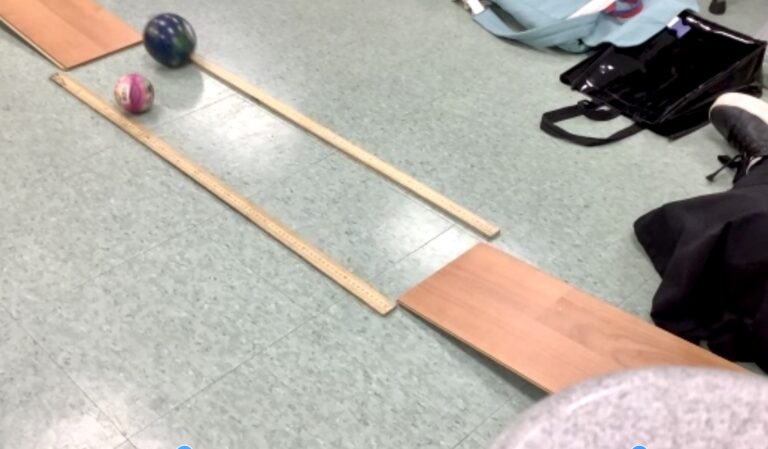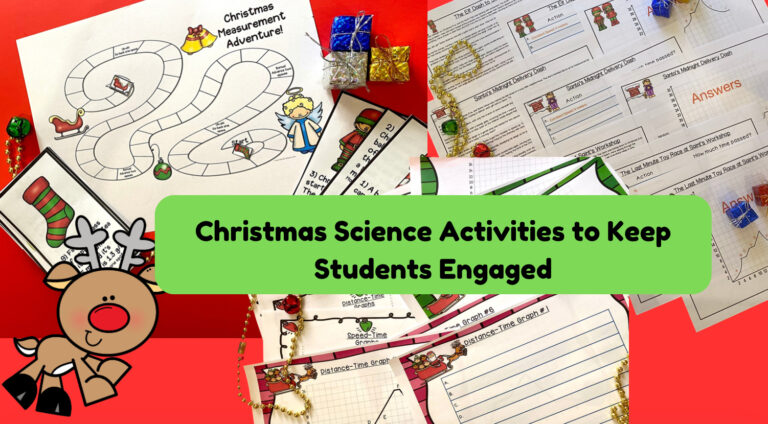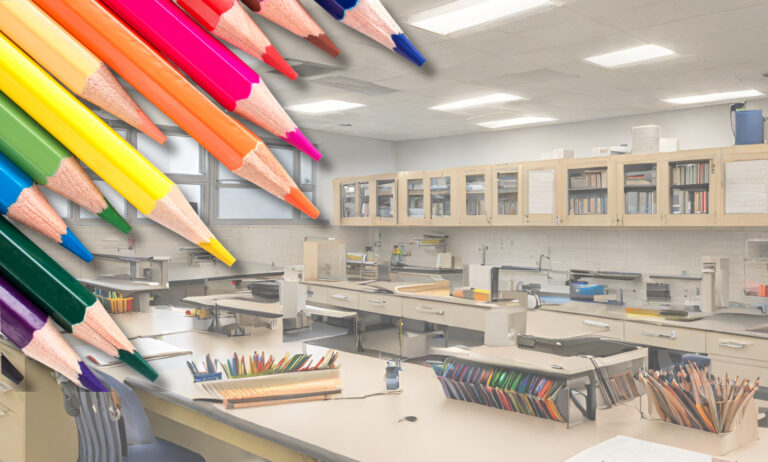Give Your Students a Measurement Review with these 10 Fun Activities
Are you finding that middle school students seem to lack basic measurements skills in spite of us reviewing and reinforcing this as we head back to school every year?
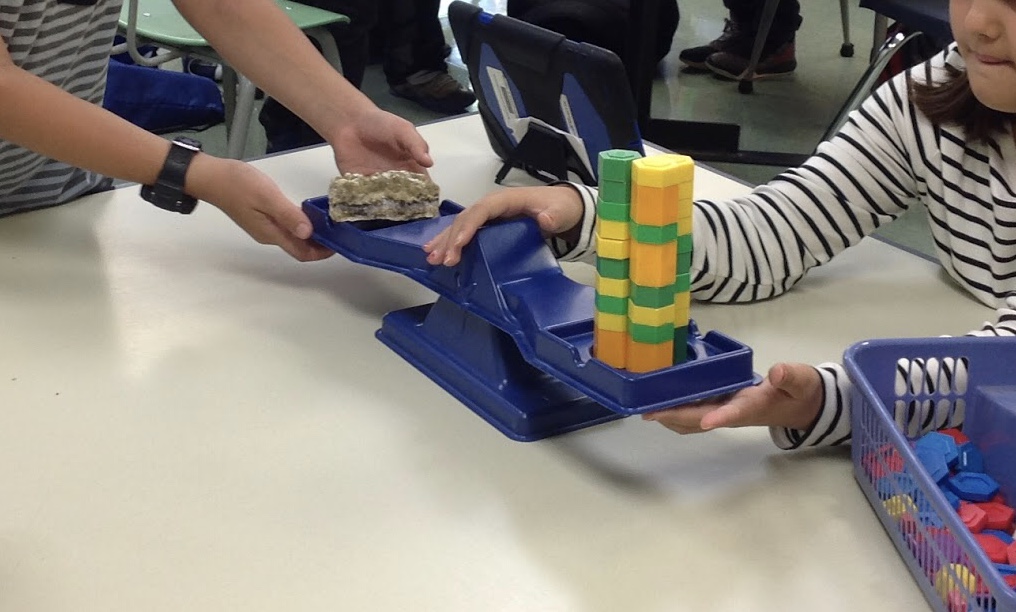
Give Your Students a Measurement Review with these 10 Fun Activities
June 2021
I can’t tell you how many times I’ve had middle schoolers measure from the end of a ruler instead of at the zero mark, forget how to convert centimeters to millimeters, or how to use a meniscus with a graduate cylinder!
Of course, then there is the clock!
I have a sign out sheet for students who need to leave the room to use the bathroom, and, even though I have a large analog clock on the wall, they will ask if they can touch my iPad for the “real time“. This even includes my older eighth graders!
We must use measurement review activities at the beginning of each year and reinforce them constantly all year!
A great way to assess the level of your students, before you jump into the activities, is to play a game! Students break into pairs and use a game-board to move through based on their answers to measurement problems. I do this in the beginning of the school year, with the Back to School themed game.
I then spot check them again throughout the school year with holiday themed games. The kids love it and it helps you when that holiday craziness occurs!

Basic Ruler Measurement Skills
Although the metric system is widely used in our science classes, there are many occasions in everyday life that the students will need to work with inches and feet. I don’t think we should be neglecting that skill.
If they need to visit Home Depot to measure out a piece of wood for building a skateboard ramp, it would involve careful measurements using the customary system.
We should be utilizing activities that use BOTH systems in our classroom.
Be active and fun! You can have them measure their own desk, their iPad, their pencil, their notebook and even the length of their fingers. If you go to the freebie section, one of the 4 Fun Ruler Activities involves measuring all kinds of objects around the classroom.
For homework, they can measure the length and width of the kitchen sink, width of a door, the height and width of their refrigerator, the length and width of a sidewalk block, etc. This ruler measurement worksheet can be helpful as an introduction or assessment.
Using Meter Sticks and Yard Sticks
Using a meter stick involves the students using the skill of keeping track of where the end of the stick is before laying it down again to measure longer distances.
Remind students that their finger is not an accurate placeholder before laying down another meter stick! They should make a mark to guide them.
This is a great outdoor activity or you can even take them to the gym to spread out. Their skill will be critical for when you are doing future labs such as finding speed.
Volume of Regular Solids Review
Don’t spend money to teach volume. Have students bring in any used boxes from their kitchen such as cereal, spaghetti or cake mixes.
You can also find wooden blocks for doing the old faithful formula of length x width x height!
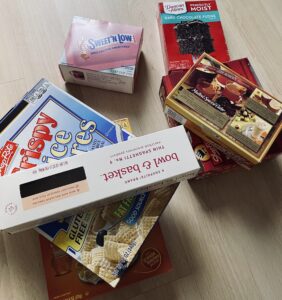
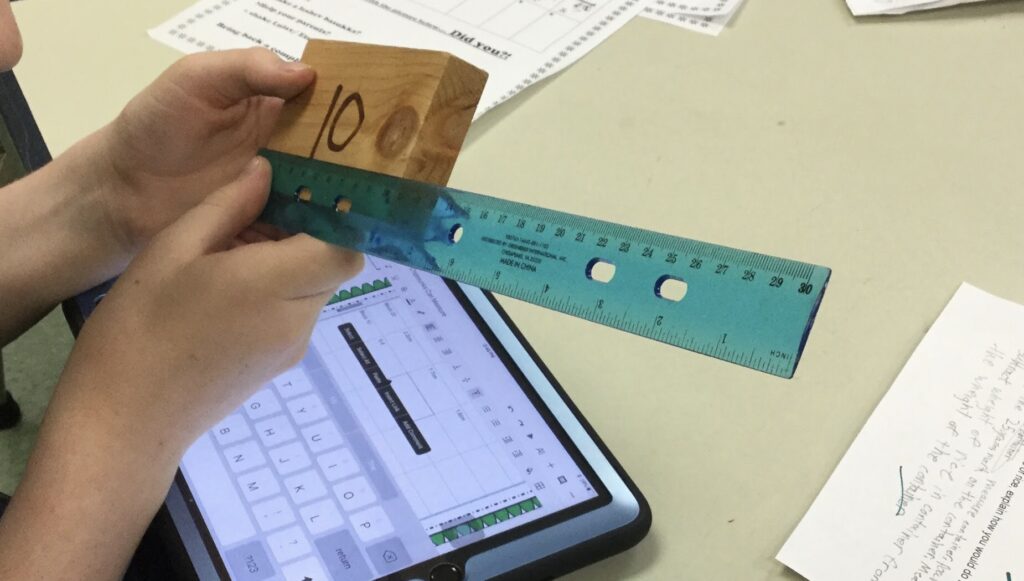
Biggest problem students have with this formula? They forget to MULTIPLY the length x width x height. They want to add or just multiply parts of it or other weird approaches.
So practice , practice, practice!
I also have this volume worksheet to do just that.
Basic Liquid Volume Measurement Review
Do your students remember how do use the meniscus on a graduate cylinder? Not reinforcing this can alter the results of many future labs, so it is worth the time.
Practice having the students use graduate cylinders and beakers to find accurate amounts using colored water for better visibility. Remind them to be eye level when reading the water level. (Meniscus)
Again, I strongly believe in using both the metric system and the American customary system because this is what they will be using throughout their lives.
Bring in kitchen measuring cups and have them practice doubling or tripling specific amounts. As long as we are living in America our recipes and box directions will still be using the English customary system!
Volume of Irregular Objects Using Water Displacement
Use toys! Find small toys to practice putting in graduate cylinders to review volume using water displacement. Hit the Dollar store and look for bags of cheap plastic, non-floating animals and insects to keep interest high. Small rocks are great, too.
Remind students that to find the volume of the object, they need to subtract the beginning water level from the final water level after the object has been added.
You can also the water displacement practice sheets as an introduction, homework or assessment.
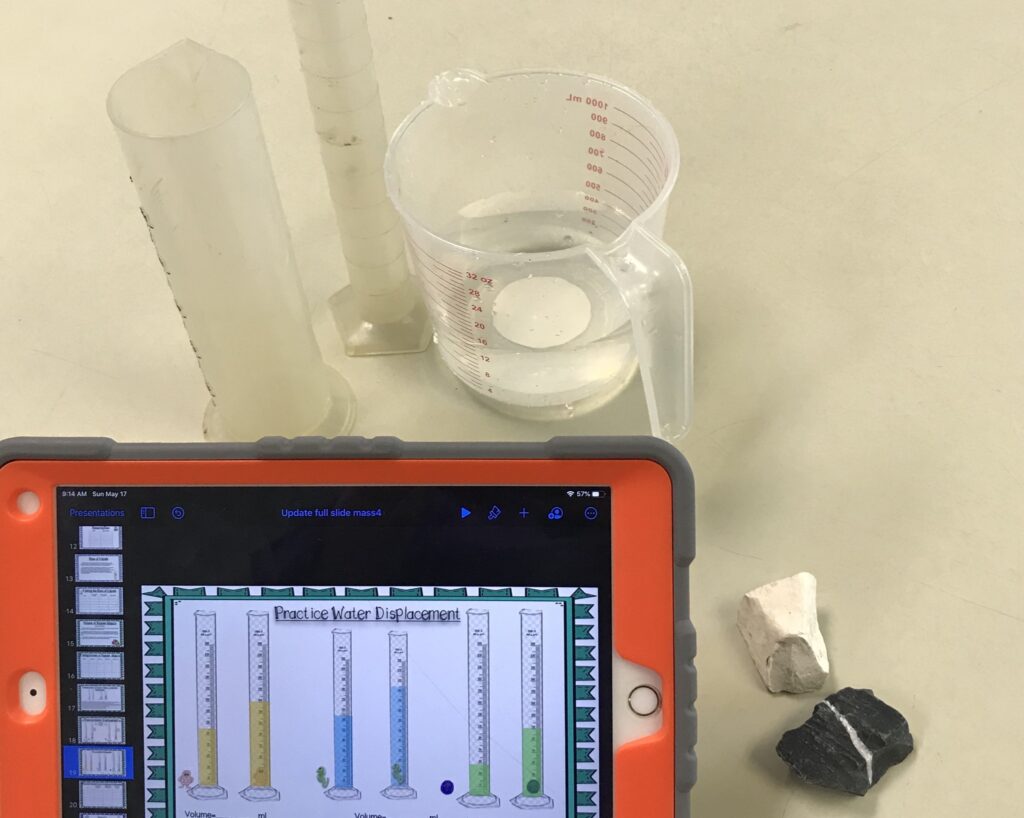
Practice Finding and Estimating Mass
Again, I like to use cute, cheap toys (plastic spiders are great!) as we practice with pan balances or triple beam balances.
Before the lab, I use my electronic scale to find the precise mass and the students strive to be as accurate as possible with their readings.
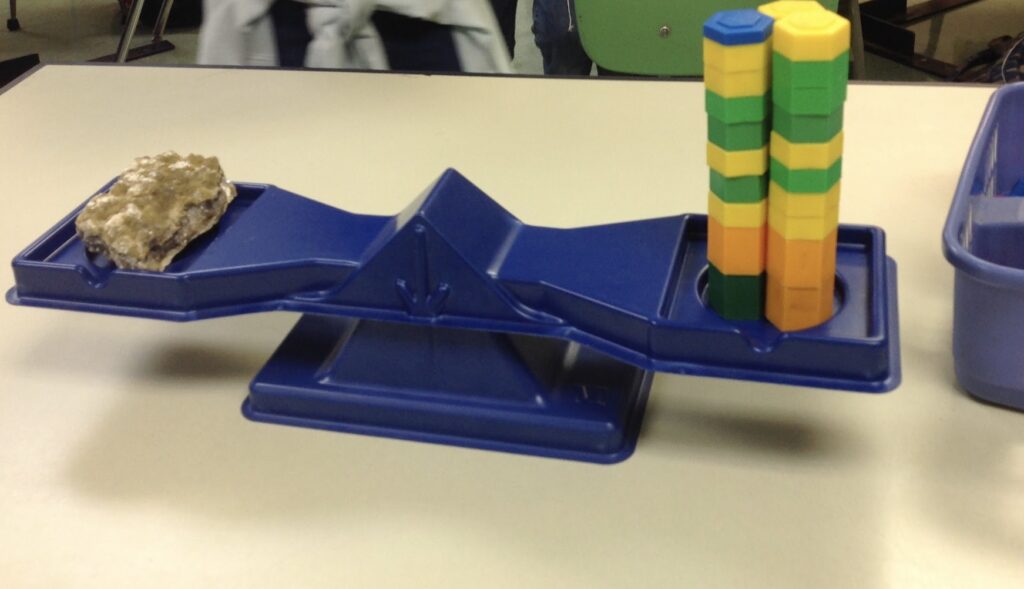
I have found that the simple Delta pan balances from Amazon are actually quite accurate in spite of the reviews that say they are flimsy! I love that they are stackable plus I’m always amazed that, in a more advanced unit on density, the kids get extremely close to the exact mass!
I am big on having kids estimate. It’s such a critical skill!
Make the students be human pan balances! Have them hold mass weights in one hand, and the object in the other, and close their eyes. You will be surprised how close they come with their estimates!

I created this handy mass lab data sheet to help them organize their estimating and actual readings. I snuck some conversion practice into it as well.
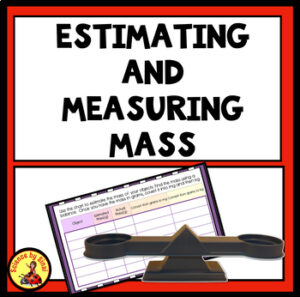
After they have done some basic estimations and measuring, I put out bins of paper clips, sand, soil, marbles, cotton balls, pom-poms, or any manipulatives.
The students try to guess how many of each they need to gather to equal 100 grams. . This gets in some good high-level thinking!
Mass of liquids
Critical thinking opportunity! I have students try to figure out the method for finding the mass of liquids without my guidance at first.
I love watching the brainstorming until the “aha” moment when they realize that they need to measure the empty container first. This number will be subtracted from the final mass of the liquid and container. Even the older kids will sometimes forget this step and still need this measurement review.
Tip: If you have any small containers that have lids that screw shut it makes this lab neater! It can be hard for them to balance a container holding water without spilling it.
Practicing Important Conversions
We do conversions all of our life and this needs to be second nature by the time they go into high school.
Students should be able to convert centimeters to meters, meters to centimeters, millimeters to centimeters, feet to inches, inches to feet, feet to yards, etc. I do not teach them conversions from metric to the customary system in science class. I’ll leave that for the math teacher.
I lay out six “stepping stones“ (papers) for them to physically walk through the metric decimal conversions. I have taken groups to the stairwell and labeled the steps with the six levels. (This would be kilo, hecto, deca, baseline, deci, centi and milli.) As I give them a conversion problem, they start on the step of the initial unit and then step up or down to “move the decimal place“. This could also easily be done at home.
As an assessment or homework assignment you could use this conversion worksheet.
Telling Time
Why can’t our students tell time?
I don’t know the answer to this, but I do know that they need as much practice using an analog clock as possible!
Either create your own or use dry erase clocks for the students to determine the times. I use my worksheet below to have them translate the digital time into the actual hour and minute hands.
As crazy as it sounds, I still do this with my eighth graders!
The terminology seems to stump them sometimes such as 6:50 or 7:35. We giggle about it a little bit but they really do know they need this practice!
Elapsed Time
This is one of those skills that I believe doesn’t have enough focus in middle school in either science or math.
It is 1:05 pm now, what time will it be in an hour and a half? If it is 12:56 pm now, what will it be in 12 hours? This can baffle quite a few students so practicing this, along with reading clocks, is an important measurement review.
You may do labs involving measuring in intervals such as finding the temperature of a liquid every three minutes. If we start the lab at 10:15 AM and we need to take 15 readings every three minutes, what time will we be done?
Now You Can Move on with Content!
You have covered all of your measurement skills and now you are ready to actually dig into your units.
Trust me, this was time worth investing!
Unfortunately, students easily forget skills from year to year. You will be doing labs and activities all year, that need these methods, so it is essential to reinforce them. Make it fun and they will remember!
Looking for science resources? Please visit my store called Science by Sinai on Teachers Pay Teachers for hundreds of activities.


